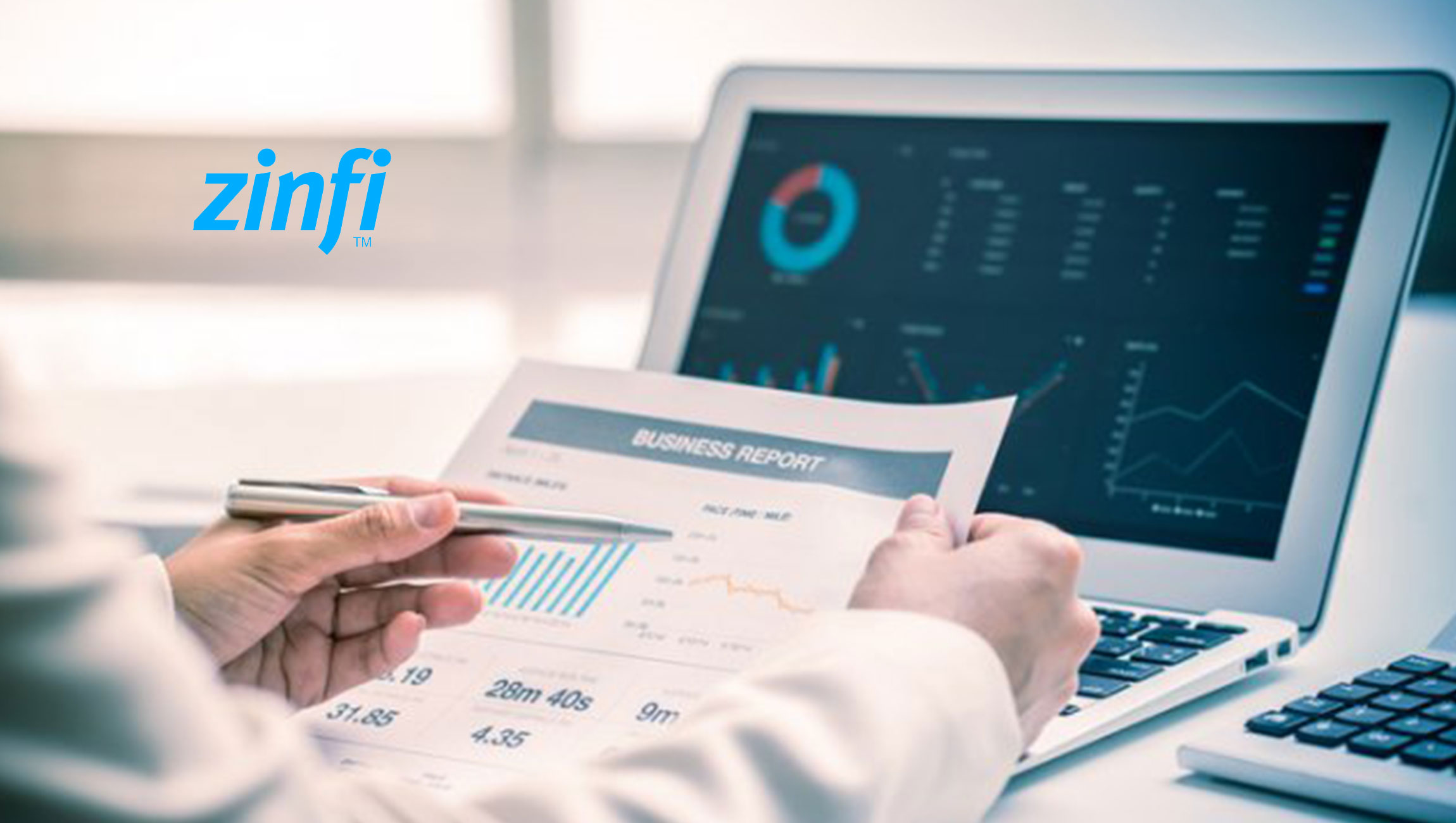Hila Shitrit Nissim, CMO at BLEND chats about the various benefits of driving modern-day marketing tactics with localization in this quick catch-up:
__________
Welcome to this MarTech Series chat, Hila, tell us about yourself and more about your role as CMO at BLEND…what inspires you about modern-day marketing?
I’ve spent the last 20 years in marketing. I have worked with several tech startups and investment funds. I joined BLEND Localization in 2020, as the company was going through a transition and rebranding process. Before BLEND, I served as a part-time CMO to several early-stage companies and before that I was with Promo.com, a video creation platform for SMBs. Earlier in my career, I led marketing at Viola Group, Israel’s leading tech investment group.
BLEND is an end-to-end localization platform for global brands seeking to increase multimarket revenue and build deeper relationships with global audiences. We harness the power of AI-driven technologies and a global community of language experts and voice talents to deliver continuous localization at scale. We can translate and localize any type of content in over 120 languages.
The thing that excites me about modern-day marketing is that it is so different than I think many of us could have imagined it would be, but weirdly enough, it’s all happening very naturally. What inspires me about the way marketing has changed is that it’s become less deceptive. The field of marketing is clearly not a one-way communication stream anymore.
For the last decade, companies who want to market the right way are engaging in a two-way communications stream and publicly, but modern-day marketing has extended even beyond this. To do well in marketing, companies have to invest in getting to know their customers, kind of like a partner has to if they want to date you. Understanding the subtleties and nuances has become such a core part of the field, and when companies don’t take the time to understand what these are, customers can tell. They are smarter, savvier, and expect more which has made the craft of marketing both more challenging and fun.
In my role as CMO, I get to lead a team of talented marketers who welcome this exciting challenge. We combine all aspects of the art and science that are part of this practice.
We’d love to hear more about how BLEND has evolved over the years…and how AI-powered localized platforms are gaining more prominence and traction in today’s marketplace.
BLEND was founded in 2008 under the “One Hour Translation” brand and was the first and leading online translation provider for consumers and businesses.
In 2020, the company shifted into the enterprise localization world, and in addition to rebranding and changing the name to BLEND, we also expanded our technology and suite of services and enhanced our voice business.
Our professional human translations are powered by AI and machine learning technologies that make the work more efficient, fast and consistent.
I’m excited about my role at BLENDmainly because of the variety of marketing strategies and tactics we get to implement to attract leads and drive the business’ growth.
Being a B2B ‘sales-driven’ business with a ‘Self-service’ platform for SMBs creates both a challenge and an opportunity. Having these two types of business lines in one company requires different types of marketing skills, tools and practices.
In addition, while localization is a growing industry, not many businesses have this department in place. Many times our buyer is based in another department, such as marketing, product, operations, procurement, legal, finance etc. Having so many types of potential buyers and use cases makes our marketing work very interesting.
Identifying the different personas and their needs and coming up with the right creative approach to engage with them is what we really like to do.
Marketing Technology News: MarTech Interview With Laura Connell, Consumer Trends Manager at GWI
How do better localization practices enable industry marketers/brands: can you share highlights from the various ways in which global brands use localization to drive brand growth and output.
Successful brands and businesses aim to expand globally and sell in more than one market, and that’s why localization is such an essential growth driver. In order to sell to new audiences, businesses must speak the local language, celebrate the local holidays and know the local culture’s habits and nuances. In order to do that, these brands need to localize all their client touchpoints. There are lots of assets that require ongoing, continuous localization and in order to do it right, companies work with localization companies like BLEND to ensure quality, professional, reliable translations. We at BLEND offer some unique advantages to make the lives of customers easier and provide best-in-class service.
We are a one-stop shop for all content types, providing localization for texts, videos and audio. We also believe that the talents, translators and voice-actors should work as an “in-house” team, as close as possible to the clients. We build dedicated teams that are in direct ongoing contact with our clients to make sure they know the product well and they speak the brand language and tone of voice. In addition, being tech agnostic—BLEND is one of few localization providers that utilize the most established translation tools and AI engines and chooses the best resource for each project based on advanced algorithmic models. We integrate to our clients’ platforms and workflows to allow a smooth and automatic process.
What are some of the core marketing strategies across B2C / B2B that you feel will pick up pace through 2023 and why?
My current focus is B2B marketing and these are the trends I see:
1 – Account based marketing – Not a new trend, but I believe it will grow next year due to the difficulty of running accurate, targeted campaigns with traditional tools and the difficulty of tracking data. The popularity of ABM practices and tools is growing rapidly as it makes it easier to attract specific prospects.
2- Podcasts and videocasts – I believe that those who do it right, with high-quality content, valuable tips, a short, concise format and consistent frequency, can really improve their brand awareness and demand generation efforts.
3- Influencer marketing: I believe the use of influencers and micro-influencers for video creation and social campaigns will keep growing. User-generated content is authentic and powerful, and working with influencers to promote brands and services is an effective way to get to new audiences for both B2B and B2C brands.
4-Multimedia Localization: Most global brands are already invested in localization in order to expand globally and sustain growth. I think companies will expand their efforts to also localize their video and audio content to complete the journey. This will include marketing videos, video ads, podcasts, and more.
This also has an accessibility angle as we all want to be more accessible to everyone.
Marketing Technology News: Account-Based Marketing in a Metaverse World
How can marketers drive better ROI through their efforts in a tough environment and what can they do better to measure and optimize each part of their multichannel marketing efforts of today?
I believe that in order to get better ROI, especially in a tough environment like today’s one, marketers should go back to the basic and focus their content efforts on their ideal customer profile and their needs. Content is still king.
The more value-added content we create and insights and tips we provide, the more effective our marketing efforts are. Being focused on our potential users and existing customers, getting to know their pains and helping them succeed in their job – will drive the most effective campaigns in my opinion. Once we create engaging content we can leverage it for our paid campaigns, outreach, email marketing and so on.
Measurement and attribution are very tough and have always been. My recommendation is to add a simple open text field to the lead forms that is asking our users – How did you hear about us.
Even ask sales and business development reps to ask in their calls with prospects the same questions. You can learn a lot about the different activities that are harder to measure like PR, podcasts, events and more.
Some last thoughts on the future of traditional and digital marketing?
I believe traditional marketing tactics, like trade shows, physical events, out-of-home advertising and even snail mail, are still very effective in some industries and markets. It is a great way to expand globally and reach new audiences outside the small screen. The goal is to combine it with cross-channel campaigns and leverage these in the digital world, with strong organic social activity, thought leadership, online meetups and valuable content. It all starts with a good story, a creative approach and effective targeting.

BLEND is a global localization platform that aims to remove cross-border barriers for global businesses.
Hila Shitrit Nissim is CMO at BLEND.
Missed The Latest Episode of The SalesStar Podcast? Have a quick listen here!
Episode 145: The Changing Face of Sales with Mark Wright, VP Sales & Partnerships at Zeitworks
Episode 144: What Drives Better B2B Performance: with Rachel Clap Miller – VP of Marketing and Digital Engagement at Ascender by Force Management
Episode 143: Uncovering the Evolution in Retail Media with Mikey Paley, SVP of Business Development, Retailers at Aki Technologies











